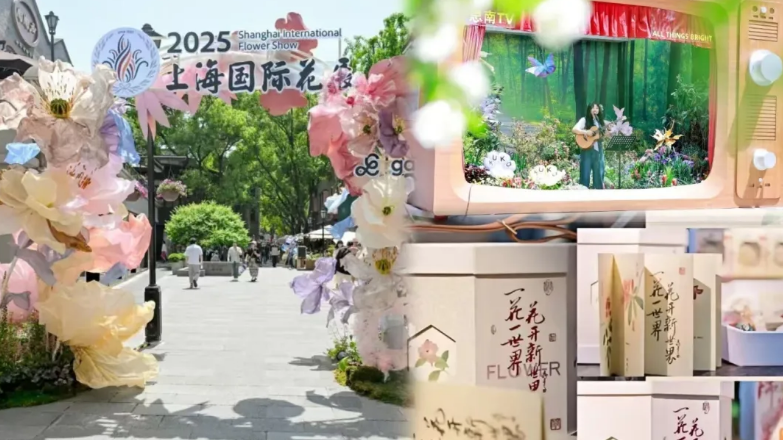
Shanghai’s Autumn Countryside Escape: A Blend of Culture, Camping, and Fresh Flavors
My quest for Shanghai’s autumn charm led me beyond the skyscrapers to Pudong’s countryside, where golden rice fields, aromatic campsites, and age-old traditions paint a picture of tranquility. Over a two-day trip, I wandered through herbal gardens, roasted marshmallows under the stars, and savored farm-fresh delicacies—each moment a delightful contrast to the city’s hustle. This journey wasn’t just about sightseeing; it was about reconnecting with nature and experiencing the warm hospitality of Shanghai’s rural communities.
My quest for Shanghai’s autumn charm led me beyond the skyscrapers to Pudong’s countryside, where golden rice fields, aromatic campsites, and age-old traditions paint a picture of tranquility. Over a two-day trip, I wandered through herbal gardens, roasted marshmallows under the stars, and savored farm-fresh delicacies—each moment a delightful contrast to the city’s hustle. This journey wasn’t just about sightseeing; it was about reconnecting with nature and experiencing the warm hospitality of Shanghai’s rural communities.
My adventure began at the Shanghai Museum of Traditional Chinese Medicine, a treasure trove of herbal wisdom. As I wandered through its halls, I marveled at over 15,000 medical artifacts, from 新石器时代 stone tools to ancient herbal scrolls. The herbal specimen room was particularly fascinating—rows of jars filled with dried plants, animal extracts, and mineral medicines, each labeled with its healing properties. A guide explained how traditional Chinese medicine (TCM) emphasizes balance, and I even got to smell fresh mint, ginseng, and chrysanthemum, learning how they’re used in teas and remedies. It was a serene start, setting the tone for a trip focused on wellness and discovery.
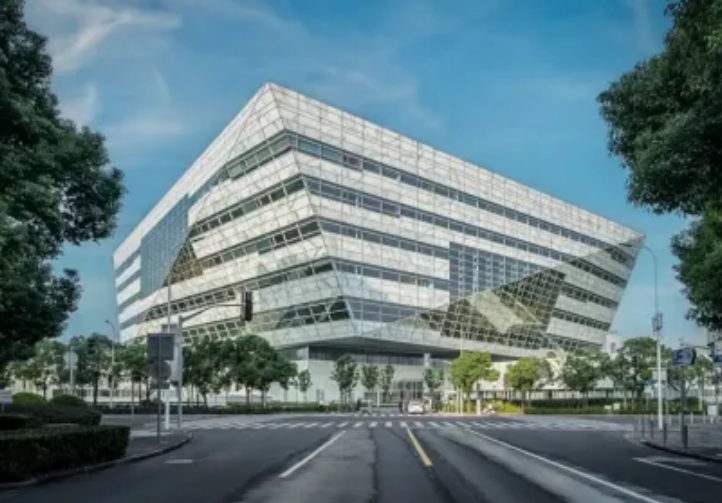
By afternoon, I arrived at Huandong Camping Base, one of Shanghai’s first official tent camping sites. Covering 20,000 square meters of lush greenery, the base felt like a hidden oasis. I rented a spacious tent near a small lake, then spent hours exploring the activities: I joined a group for frisbee on the lawn, tried my hand at leather crafting in a workshop, and watched a shadow puppet show that brought traditional Chinese stories to life. As dusk fell, I gathered with other travelers around a bonfire, roasting lamb skewers and sharing stories. The highlight was the campfire concert—local musicians played folk songs on the erhu and guitar, their melodies mixing with the rustle of leaves. It was magical to sit under a sky full of stars, far from the city’s light pollution.
That night, I stayed at a countryside homestay run by a local couple, Gao and Feng. Their traditional siheyuan (courtyard house) was decorated with handwoven textiles and potted plants, and the rooms were cozy with wooden furniture. For dinner, they served authentic rural dishes: crispy taro cakes, tender braised lamb, and freshly baked stone oven bread. Mrs. Feng told me the bread was made with flour from their own fields, and the lamb came from nearby farms. Over a bowl of warm vegetable soup, they shared stories of growing up in the countryside and how tourism has helped preserve their way of life. I fell asleep to the sound of crickets, feeling utterly relaxed.
The next morning, I visited Zhoupu Flower Sea, a riot of colors in autumn. Acres of cleome flowers bloomed in shades of pink and purple, while sunflowers and kochia bushes added bursts of yellow and red. I walked along the winding paths, taking photos of the flowers against the backdrop of distant farmland. There were also small stalls selling local snacks—sweet osmanthus cakes and salty soybean milk—and I stopped to chat with a vendor who gave me a handful of fresh osmanthus flowers, their fragrance lingering on my hands. Later, I went to Sunqiao Yijia Agricultural Park, where I learned about modern farming techniques. I wandered through greenhouses filled with hydroponic vegetables, watched a demonstration on water-saving irrigation, and even picked my own cherry tomatoes—juicy and sweet, nothing like the store-bought ones.

On my way back to the city, I stopped at Bicester Village for some last-minute shopping, but my mind kept drifting back to the countryside. The trip had given me a new perspective on Shanghai—not just a global metropolis, but a place where tradition and modernity coexist harmoniously. From the TCM museum’s ancient wisdom to the camping base’s modern amenities, from the homestay’s home-cooked meals to the flower sea’s natural beauty, every part of the journey felt authentic and enriching. I left with a bag of fresh produce, a handcrafted leather keychain, and memories that would stay with me forever—proof that Shanghai’s true charm lies not just in its skyline, but in the warmth of its countryside.
Recommended

Walking With Emperors: Your Complete Guide to China’s Forbidden City
Step through the crimson gates of Beijing's Palace...
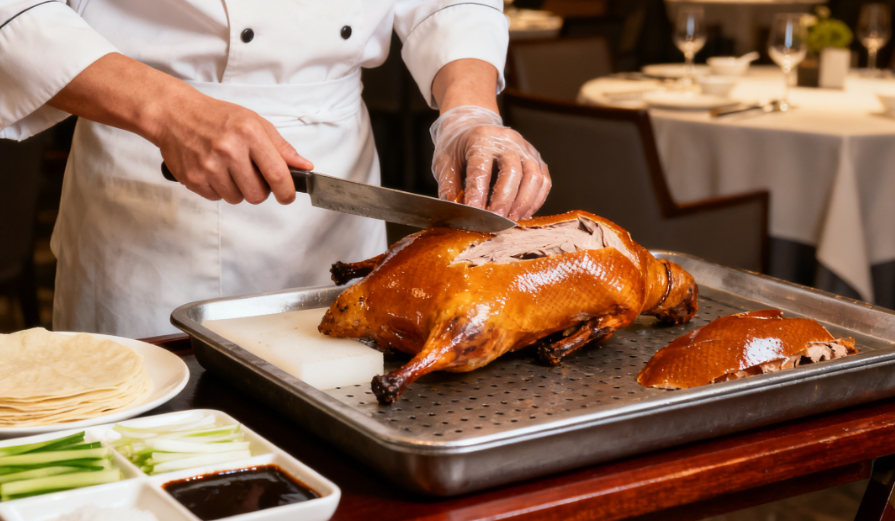
Beijing Food Guide: A Culinary Journey Through History and Flavor
Having spent over a year living in Beijing, I’ve w...

No Visa, No Cash, No Worries: The Ultimate Survival Guide to China in 2025
a local travel expert breaks down the revolutionar...
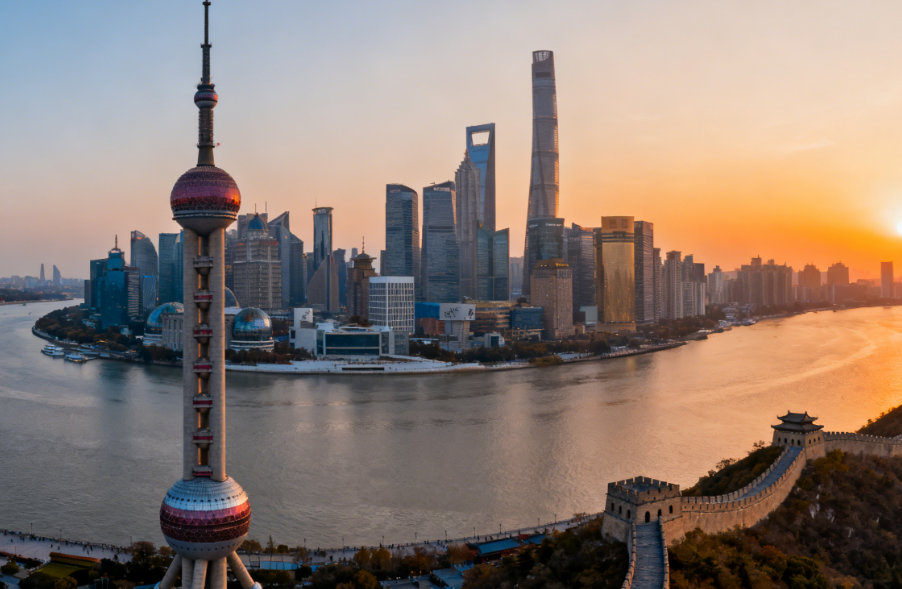
“Your Guide to Fast & Easy Payment for Chinese Consulate Services (2025)”
The document explains service fee standards for co...
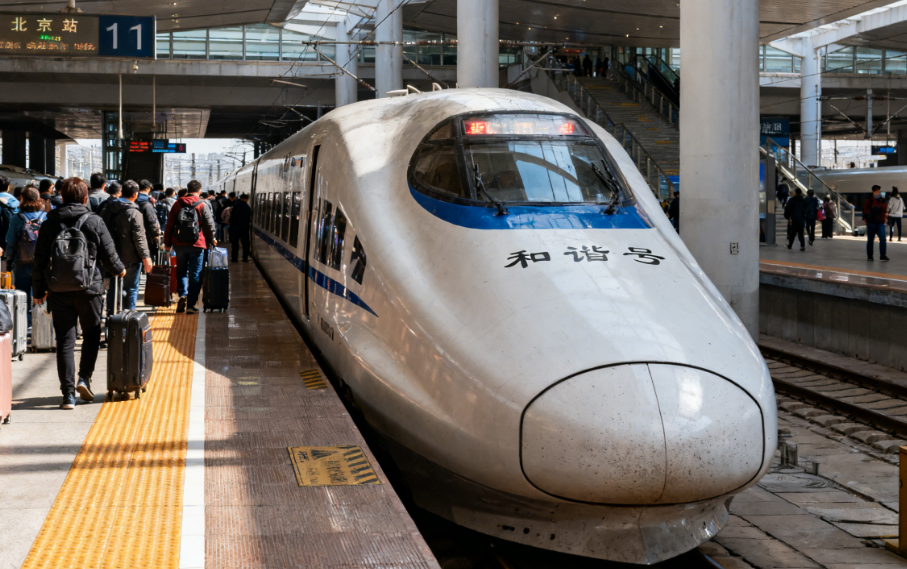
Beijing Transportation Guide: Navigate the Capital Like a Local
During my two years living and working in Beijing,...
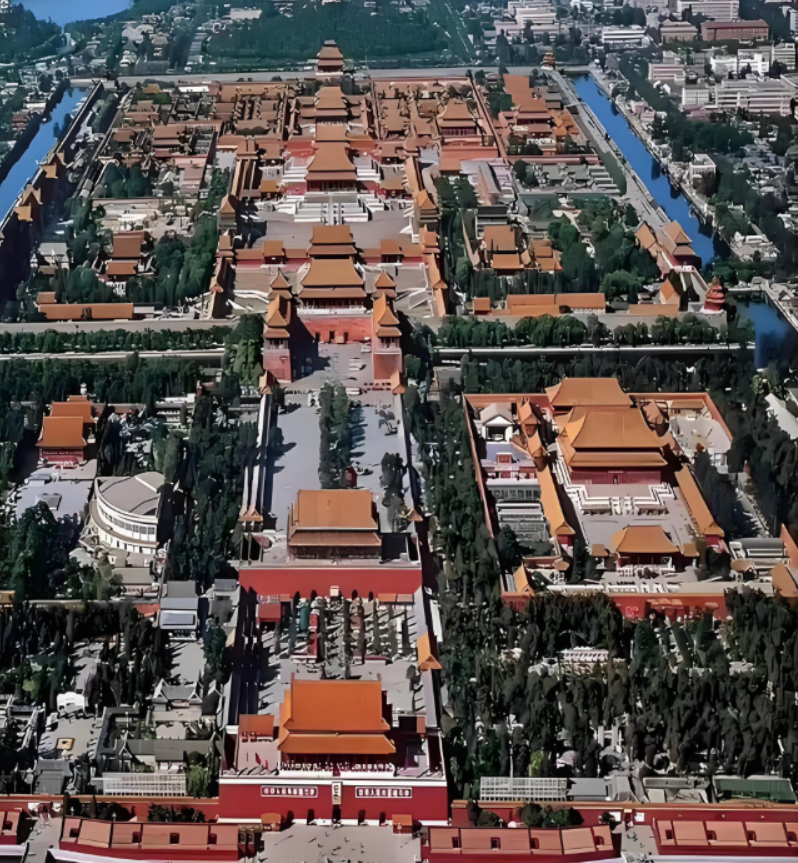
Beijing Revealed: Explore Iconic Landmarks & Taste Legendary Flavors
This article introduces Beijing's amazing historic...
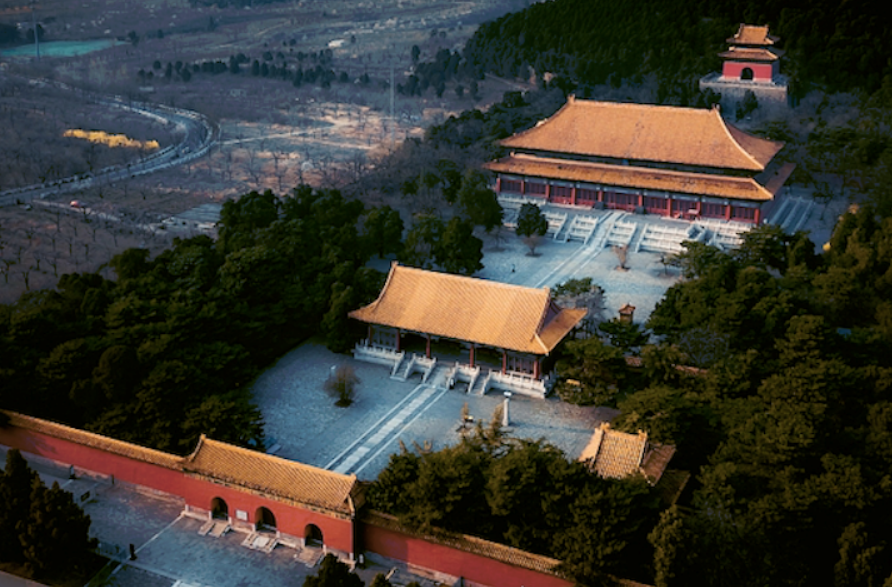
Walking the Spirit Way: My Journey Through the Ming Tombs
This article follows my personal journey through t...
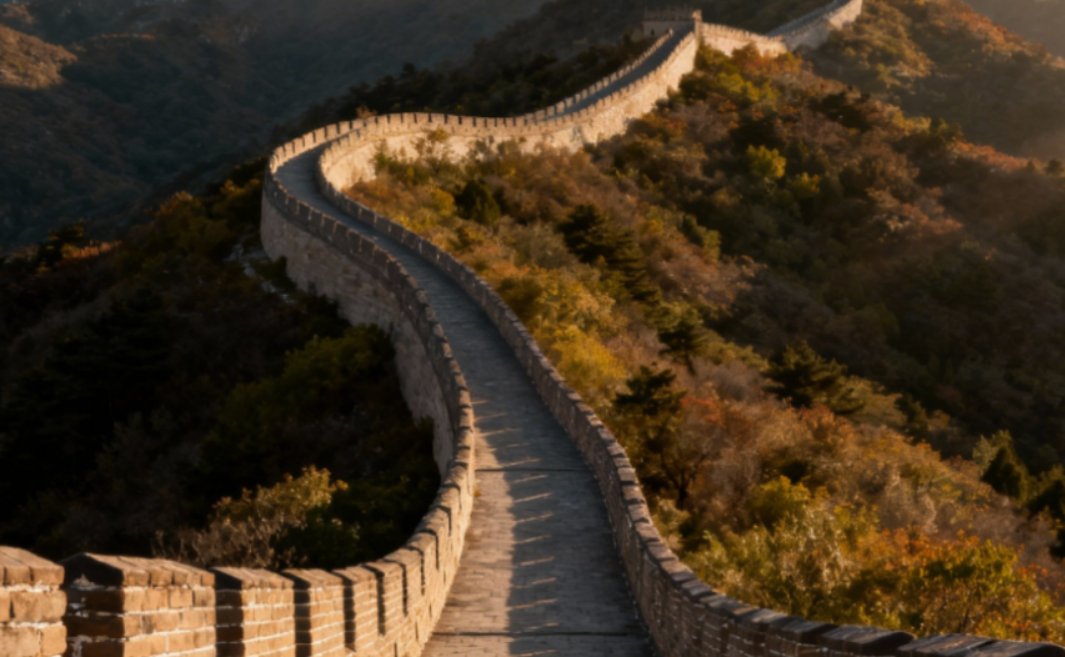
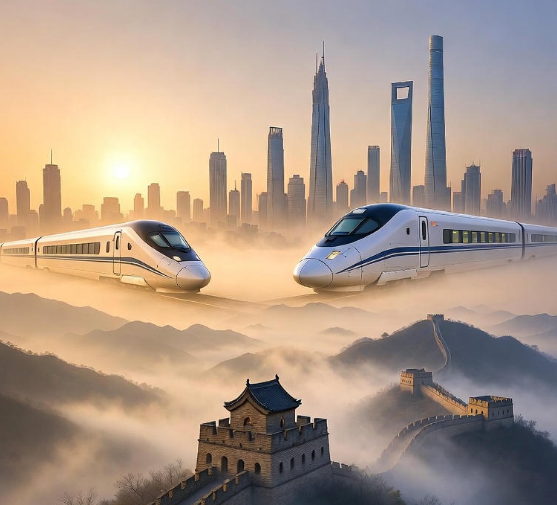
China Travel Tips: My Love Letter to the Middle Kingdom After Dozens of Trips
After 20+ trips across China, I’m spilling all my ...
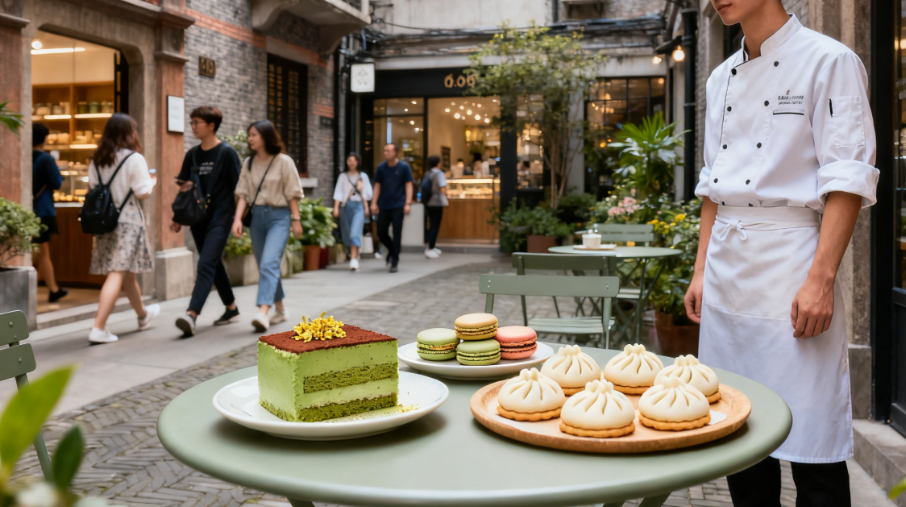
Bite into Shanghai: My Culinary Journey Through Street Stalls and Fine Dining
For me, Shanghai’s food is more than sustenance—it...

My Journey Through Chinese Cuisine: A Symphony of Flavors
When I first set foot in China, I knew food would ...
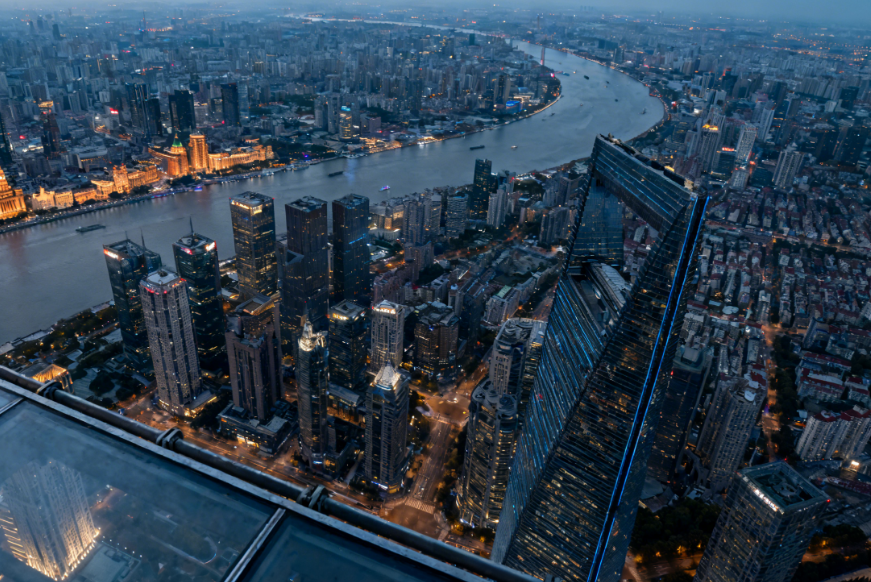
Shanghai Travel Guide: My Journey Through China’s Dynamic Metropolis
Shanghai isn’t just a financial powerhouse—it’s a ...